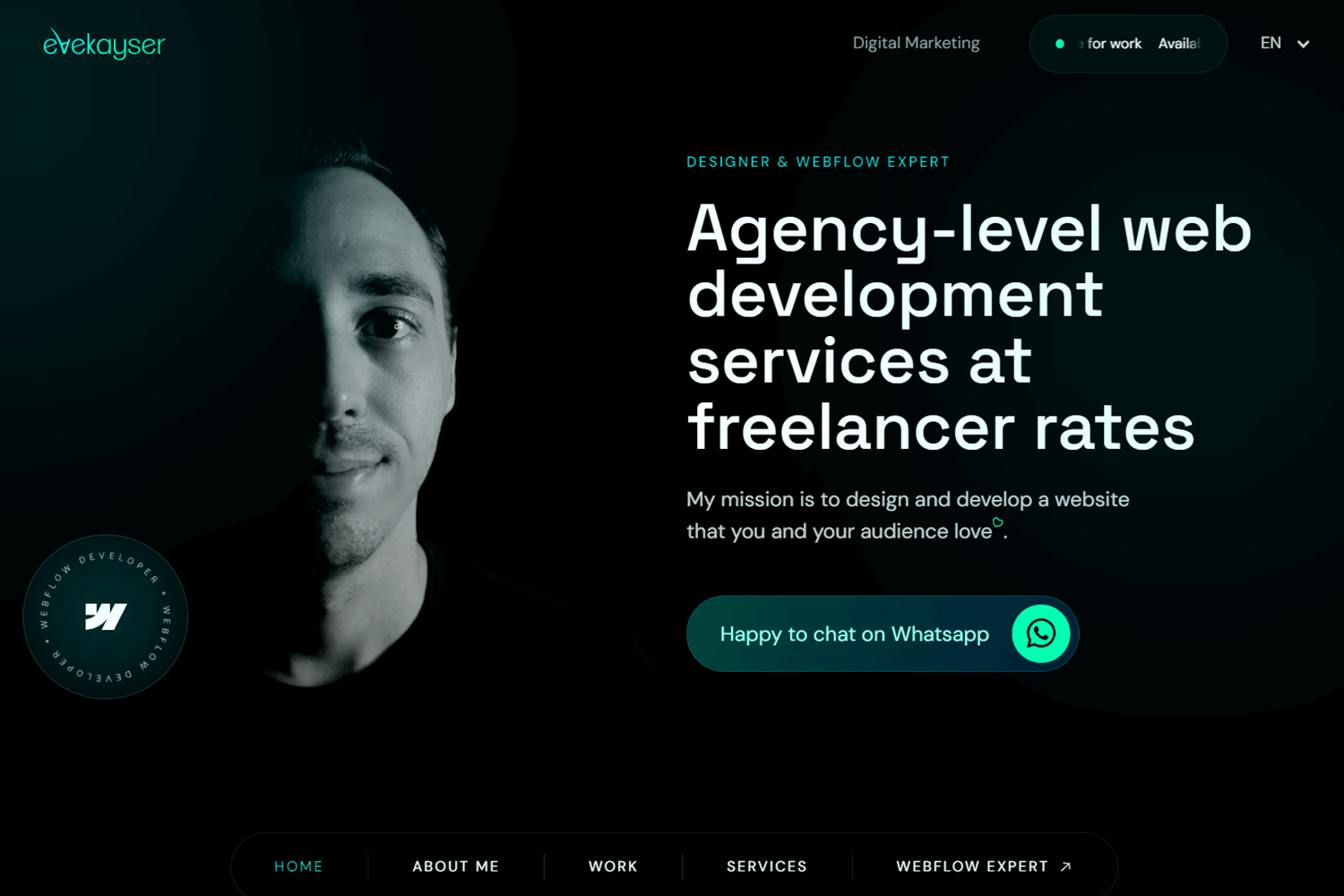Expert Web Design Klerksdorp: Crafting Unique Websites for Every Industry
Expert Web Design Klerksdorp: Crafting Unique Websites for Every Industry
Blog Article
Mastering Website Design: Secret Concepts for a User-Friendly Site
In the world of internet style, the focus on individual experience has actually come to be vital, shaping how websites are built and regarded. As we explore these fundamental aspects, it becomes evident that the decisions made throughout the layout procedure can have lasting implications on a website's effectiveness and customer loyalty.

Importance of User Experience
In the realm of website design, the importance of customer experience (UX) can not be overstated. UX includes the general fulfillment a customer obtains from communicating with a site, considerably affecting their assumption of a brand name and their possibility of returning. web design klerksdorp. A well-designed UX assists in seamless navigation, promotes user interaction, and eventually drives conversions
Understanding individuals' habits and demands is vital in producing an effective UX. This involves leveraging research techniques such as customer personalities, journey mapping, and functionality screening to gain insights into individual preferences. By tailoring style components to satisfy these requirements, developers can improve use and produce a more user-friendly communication.
Furthermore, a favorable UX contributes to the internet site's integrity and trustworthiness. Customers are more probable to involve with a site that is aesthetically pleasing and very easy to navigate, which consequently enhances brand name loyalty. On the other hand, a bad UX can lead to high bounce rates and a negative perception of the brand name.
User-friendly Navigation Layout
An efficient navigation layout is critical for assisting customers through a web site, ensuring they can find the details they require rapidly and effectively. Intuitive navigating boosts customer experience by permitting smooth interaction with content, resulting in enhanced interaction and fulfillment.
To accomplish instinctive navigating, it is important to establish a clear hierarchy. This includes organizing content into sensible categories and subcategories, allowing customers to comprehend the structure at a look. Descriptive tags for menu things are essential; they must be straightforward and agent of the content they cause, decreasing ambiguity.
Uniformity is another crucial principle. Users should come across acquainted navigating elements throughout the site, such as the placement of menus and buttons. This consistency assists strengthen user expectations and minimizes cognitive lots.
Furthermore, incorporating search capability can significantly enhance navigation, especially for content-heavy web sites. This feature empowers users to find certain info rapidly without needing to navigate via numerous pages.
Lastly, use testing can supply important understandings into how real customers communicate with navigating components, using possibilities for renovation. Altogether, a properly designed navigating system is foundational to a straightforward internet site, promoting efficiency and enhancing overall user satisfaction.
Responsive Website Design
Receptive web design is significantly vital in today's electronic landscape, as it ensures that internet sites supply optimum checking out experiences throughout a wide variety of devices, from desktop to smartphones. This approach makes it possible for a single website to adjust its layout and web content to fit different display dimensions and resolutions, enhancing functionality and accessibility.
At the core of responsive style is fluid grid formats, which use loved one units like percentages rather of taken care of pixels. This flexibility allows elements to resize proportionally, maintaining visual harmony and performance. Furthermore, media queries play an essential role by applying details CSS styles based on tool qualities, such as screen size or positioning.
Incorporating responsive media and versatile pictures is also critical; these elements must scale suitably to prevent distortion and guarantee a seamless experience across devices. Furthermore, touch-friendly style factors to consider are critical, particularly for mobile customers, as they frequently navigate with touch motions instead of clicks.
Regular Aesthetic Elements
Consistent aesthetic elements are vital for establishing a natural brand name identification and enhancing user experience across digital systems. These elements include color pattern, typography, imagery, and layout styles, which jointly develop a linked aesthetic that users can quickly associate and recognize to. A well-defined shade combination not only enhances brand recognition yet also stimulates details emotions, assisting customers with the website efficiently.
Typography plays a significant role in readability and overall aesthetic appeal. Making use of a restricted number of typefaces and maintaining constant sizes and weights guarantees a harmonious circulation of info. Images should also line up with brand name values and messaging; premium photos that fit the total style will enhance the site's good looks and professionalism and reliability.
Additionally, design consistency across various pages fosters knowledge, making navigating user-friendly. Individuals need to really feel comfortable and oriented as they discover different areas of the internet site. Regular aesthetic components not just improve the aesthetic charm however additionally add to usability, resulting in improved involvement and retention. Inevitably, a properly designed site, characterized by natural aesthetic elements, mirrors professionalism and trust and develops trust fund with customers, developing a favorable impression click for more info and motivating return sees.
Availability Factors To Consider
Guaranteeing ease of access in web layout is a basic aspect that enhances consistent aesthetic components, allowing all customers, no matter their abilities, to connect and navigate with electronic web content properly. Access considerations are critical for producing comprehensive sites that fulfill the diverse demands of users, consisting of those with handicaps.
To start with, utilizing semantic HTML is crucial, as it aids screen visitors analyze the structure and material of a web page precisely. Alt text for photos boosts comprehension for aesthetically damaged customers, while captioning video web content makes sure that those with hearing problems can engage with the material.
Moreover, color contrast need to be very carefully reviewed to aid individuals with visual impairments. Guaranteeing that text is legible versus its background enhances readability. Furthermore, keyboard navigability is essential; all interactive elements ought to be easily accessible without a computer mouse, accommodating users with movement challenges.
Final Thought
In final thought, understanding web design demands an extensive understanding of individual experience principles. Prioritizing these aspects not just boosts individual involvement and complete satisfaction yet likewise cultivates brand loyalty.

In verdict, mastering internet design necessitates a comprehensive understanding of user experience principles.
Report this page